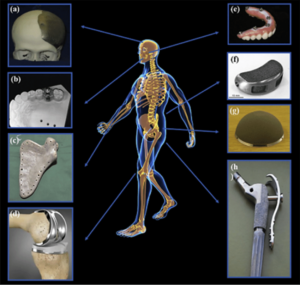The Dawn of a New Era in Medical Implants
The intersection of science and medicine has paved the way for remarkable innovations, significantly enhancing patient care and quality of life. In a significant leap forward, a collaborative research team, spearheaded by Professor Sung-Min Park from POSTECH’s Departments of Convergence IT Engineering, Mechanical Engineering, Electrical Engineering, and the School of Interdisciplinary Bioscience and Bioengineering, along with Jiho Lee, MS/Ph.D. student, Professor Sang-Woo Kim from Yonsei University, and Dr. Young-Jun Kim and MS/Ph.D. student Joon-Ha Hwang from Sungkyunkwan University, has achieved a pioneering breakthrough in this domain.

A prime example of this synergy is the advent of electronic devices designed for implantation in critical areas such as the heart and brain. These devices are pivotal in monitoring and regulating physiological signals in real-time, offering groundbreaking solutions for complex conditions like Parkinson’s disease. However, the journey towards their semi-permanent usage post-implantation has been fraught with technical hurdles.
Their groundbreaking work involves the development of electrostatic materials capable of functioning with ultra-weak ultrasound waves. This innovation heralds a new age for permanently implantable electronic devices in biomedicine, as reported in the esteemed international academic journal Advanced Materials.
Overcoming Technical Challenges for Sustainable Solutions
Patients with electronic implants traditionally face the daunting prospect of undergoing periodic surgeries for battery replacements. This procedure not only entails a considerable risk of complications but also places substantial economic and physical strains on patients. Addressing this, recent research has pivoted towards wireless-operated implantable medical devices. However, the quest for a safe energy source and robust protective materials has been challenging.
Conventionally, titanium (Ti) is employed for its biocompatibility and durability. But its inability to allow radio wave penetration necessitates an additional antenna for wireless power, subsequently increasing the device’s size and patient discomfort. The research team tackled this dilemma by opting for ultrasound – a method with a proven safety record in various medical applications – over radio waves.
The team innovatively utilized a composite of high dielectric polymers (P(VDF-TrFE)) and calcium copper titanate (CCTO, CaCu3Ti4O12) to develop an electrostatic material sensitive to weak ultrasound. This material not only generates static electricity through inter-layer friction but also boasts an exceptionally low output impedance, enhancing the efficiency of electricity transmission.
Employing this technology, the team successfully created an implantable neurological stimulator powered by ultrasound-based energy transmission, effectively eliminating the dependence on batteries. This achievement was substantiated through rigorous experimental validation. In trials involving animal models, the device functioned effectively at standard imaging ultrasound levels (500 mW/cm2), ensuring minimal impact on the human body.
In summary, this technological breakthrough not only presents a more sustainable and less invasive approach to medical implants but also stands as a testament to the transformative potential of integrating science and medicine. As Professor Sung-Min Park’s team continues to push the boundaries, the future of medical technology looks brighter and more promising for patients worldwide.